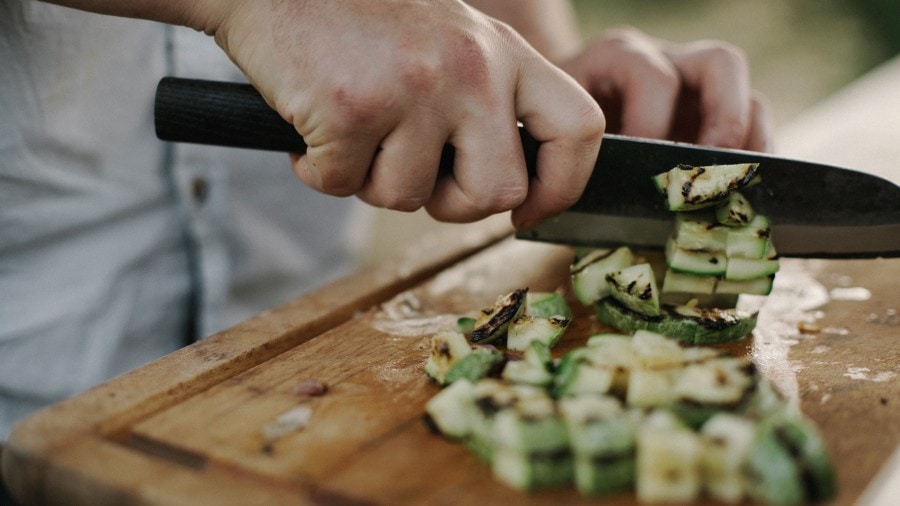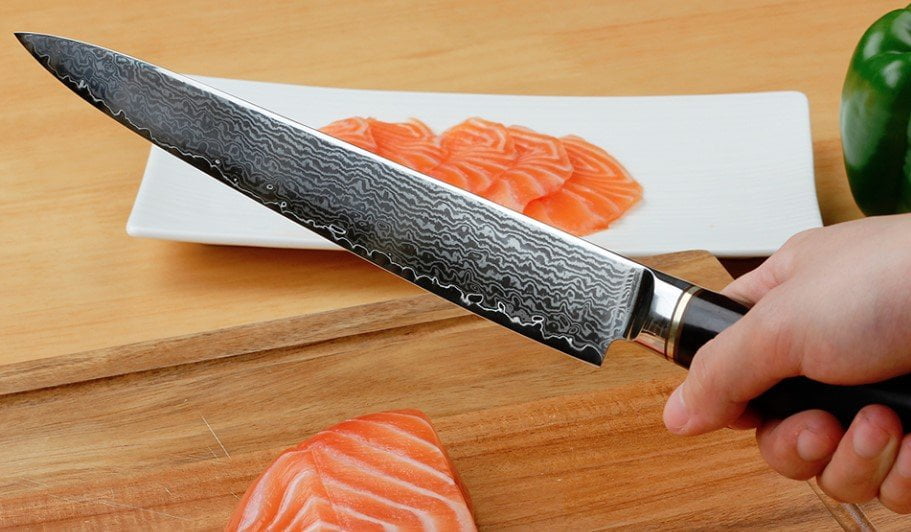In the world of culinary arts, the mention of European Damascus knives instantly conjures images of refined craftsmanship and peerless performance. These masterpieces not only enhance the culinary experience but do so with an artistry rooted in history. As a kitchen professional, understanding the value and utility of these knives is crucial, not just for their functionality, but for their ability to lend an edge literal and metaphorical to your craft.
The history of Damascus knives, which dates back several centuries, primarily revolves around their unique pattern welding technique that gives them their distinctive wavy pattern. The history and technology behind these knives can be a fascinating study for anyone interested in the evolution of weaponry into culinary tools. This evolution is particularly vital for professionals who appreciate the aesthetics as much as the functionality that knives bring to the kitchen table.

The Art of Crafting European Damascus Knives
Crafting a Damascus knife is no simple endeavor. It requires a blend of time-honored techniques, modern metallurgy, and the educated eye of a skilled artisan. The distinctive patterns that adorn each blade are not merely aesthetic; they are a testament to the skilled folding and welding processes used during crafting. For kitchen professionals, the utility of such a blade is complemented by its long-lasting sharpness and durability.
The process involves the use of layers of steel with varying carbon content, repeatedly forging and folding them to form a single solid billet. This technique not only increases the blade's strength but also creates those serpentine patterns that enthusiasts admire. Crafting process is critical for professional use, ensuring that each knife is both a tool and a work of art.
Why Kitchen Professionals Prefer European Damascus Knives
In professional kitchens, where precision and reliability are paramount, European Damascus knives stand out. Their advantages over conventional blades are numerous. First and foremost, their sharpness is unparalleled, making quick work of even the toughest of ingredients. The balance and weight distribution in these knives also minimize hand fatigue, allowing professionals to work efficiently for extended periods.
Moreover, these knives are renowned for their edge retention. The combination of hardness due to high carbon content and softness due to layering means the knives are durable and stay sharp longer than traditional stainless steel blades. This means fewer interruptions for knife maintenance and sharpening, allowing chefs to focus more on their culinary creations. An overview of benefits clearly explains their edge over others.
Diversity within Damascus: European Styles
While Japanese Damascus knives often receive more attention, the European variants are crafted with their own unique aesthetic and functional attributes, making them fascinating in their own right. These knives tend to marry the classic functionality of Western blades with the ornate beauty typical of Damascus steel. For professionals accustomed to a Western style of cooking, these knives offer the perfect blend of familiarity and innovation.
The designs and styles can vary greatly, from utility knives to chefs knives, all with unique patterns that make identifying each blade and its purpose easier. When considering the purchase of a new kitchen companion, contemplating the history and origins can add depth to your choice.

Caring for Your European Damascus Knives
Handling these knives properly ensures longevity and sustained usefulness in any kitchen. Proper care involves regular cleaning, correct honing, and sensitive storage solutions. Always clean the knives by hand immediately after use and dry them thoroughly to prevent rust.
Keeping the edges honed involves using appropriate tools and techniques, which can be learned over time or by consulting seasoned professionals. Moreover, storing your knives in a knife block or on a magnet strip rather than in a drawer helps maintain the edges. For more comprehensive tips, learn how to care for your knives.
FAQ About European Damascus Knives
What makes Damascus knives different from other knives?
Damascus knives are celebrated for their strength, sharpness, and aesthetic blade patterns that result from a unique layering technique which also enhances durability.
Are European Damascus knives suited for all kitchen tasks?
Yes, they are versatile and can be used for a wide variety of kitchen tasks due to their precision cutting ability and strength.
How often should European Damascus knives be sharpened?
Due to their exceptional edge retention, they require less frequent sharpening compared to other knives, making them ideal for busy professionals.
This article contains affiliate links. We may earn a commission at no extra cost to you.


























